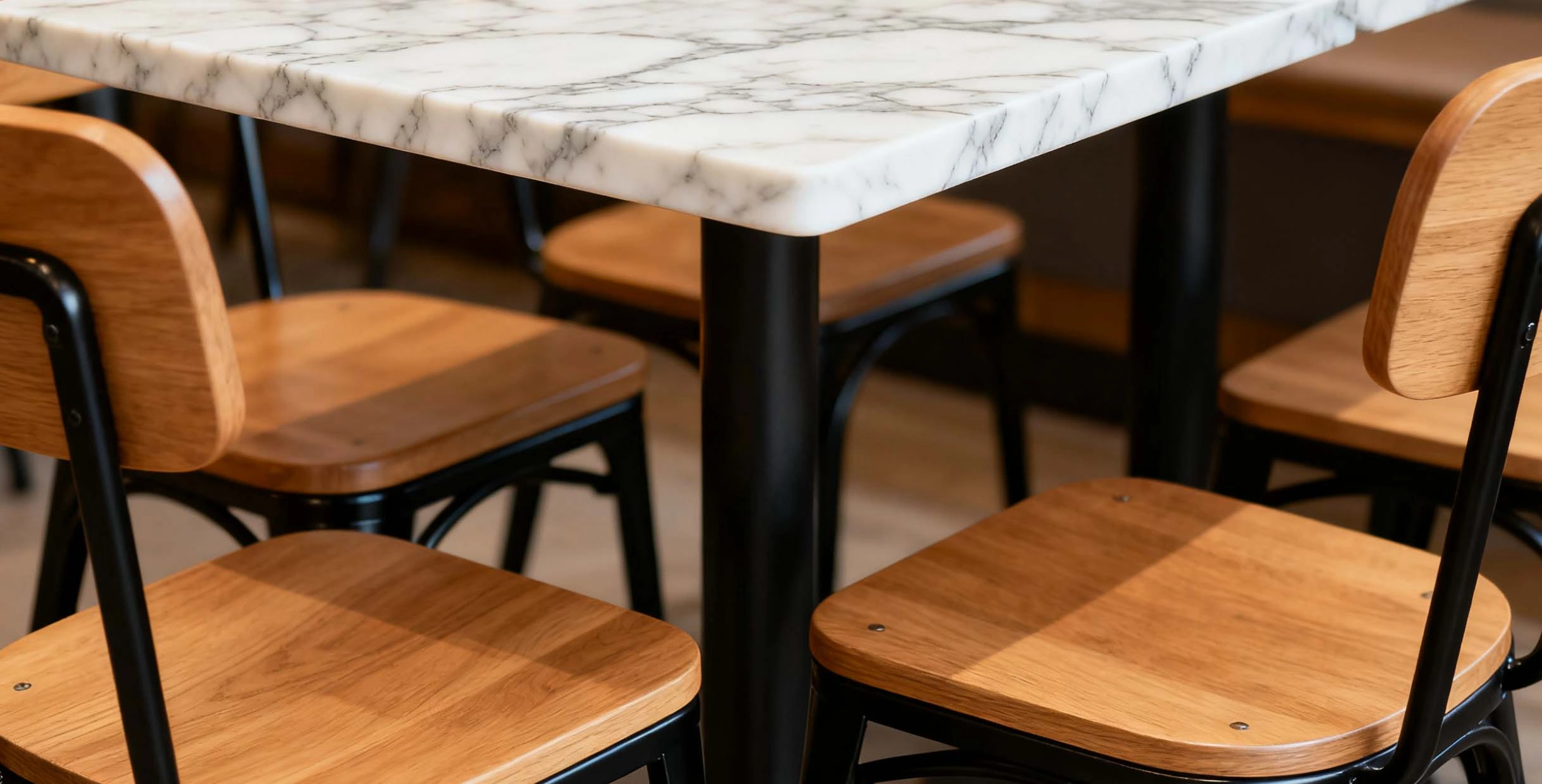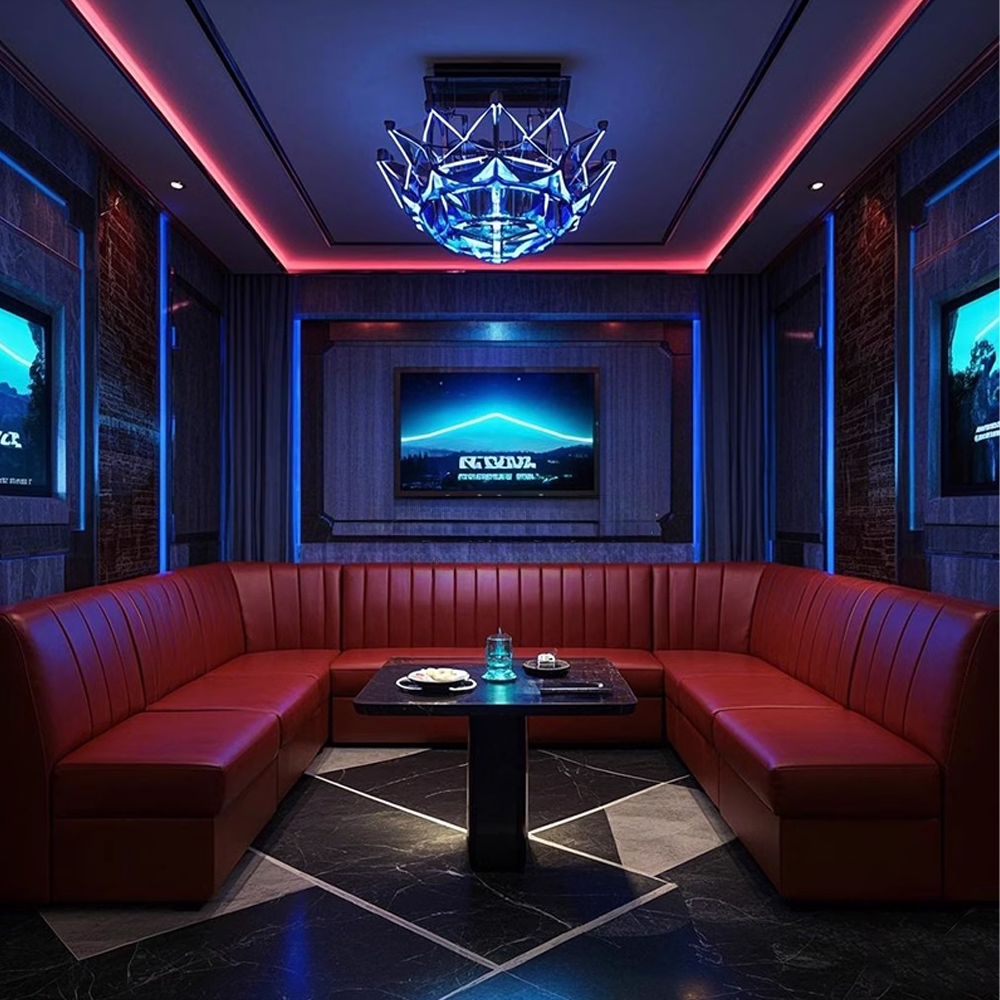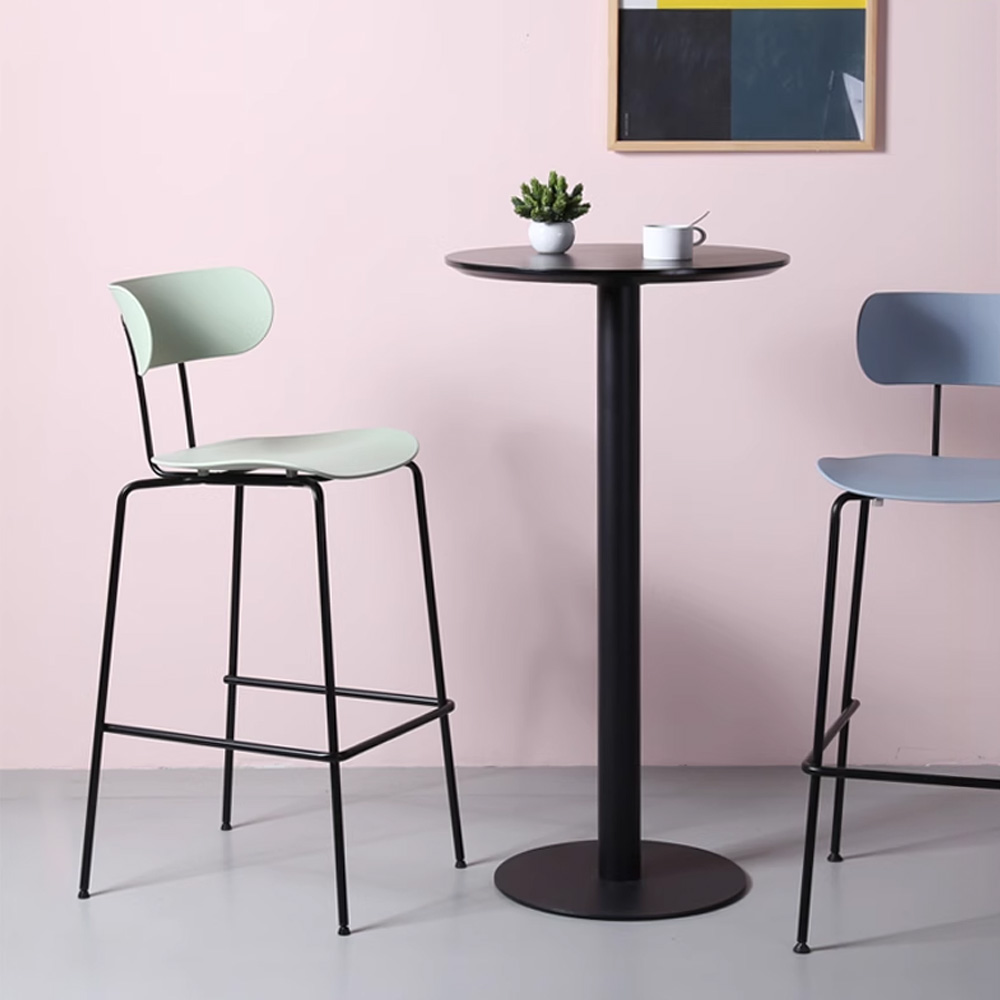When it comes to shaping the perfect dining experience, contemporary restaurant furniture plays a starring role. Beyond aesthetics, it’s about balancing durability, comfort, and design to create a space that keeps guests coming back.
In 2025, furniture isn’t just decoration — it’s a strategic investment that defines your restaurant’s brand, atmosphere, and customer experience. Whether you’re renovating or launching a new dining concept, choosing the right furniture can make or break your space.
1. Why Contemporary Restaurant Furniture Matters
The dining experience today is as visual as it is culinary. Guests notice textures, shapes, and how comfortable they feel before they even taste the food.
Contemporary restaurant furniture reflects modern values — sustainability, clean lines, and adaptability. It combines function and form to match the fast-evolving tastes of customers. A well-designed chair or table doesn’t just look good; it supports posture, resists wear, and enhances the atmosphere.
2. Core Features of Contemporary Restaurant Furniture
Before you start shopping, understand what defines this style in 2025.
Here’s what to look for in high-quality modern pieces:
| Feature | What It Means | Why It Matters |
|---|---|---|
| Sleek Geometry | Minimalist lines, symmetry, and simple silhouettes | Keeps interiors clean, modern, and timeless |
| Mixed Materials | Wood + metal, stone + fabric, or glass + leather | Adds visual contrast and character |
| Neutral Color Palette | Earth tones, gray, beige, black | Creates calm, upscale dining environments |
| Sustainability | FSC-certified wood, recycled metals, water-based finishes | Appeals to eco-conscious diners |
| Durability | Commercial-grade materials and finishes | Ensures long lifespan under heavy daily use |
3. Choosing the Right Materials for Longevity
One of the biggest mistakes restaurant owners make is underestimating how much furniture endures daily. Chairs are pulled thousands of times; tabletops face constant cleaning and moisture exposure.
Below is a quick guide to the most reliable materials for contemporary restaurant furniture in 2025:
| Material | Pros | Best Use |
|---|---|---|
| Solid Wood (Oak, Ash, Beech) | Warm, durable, timeless | Fine dining and high-end interiors |
| Powder-Coated Steel | Scratch-resistant, industrial look | Urban or modern minimalist restaurants |
| Laminate / HPL | Easy to clean, affordable | Fast-casual spaces or outdoor areas |
| Upholstered Vinyl or Faux Leather | Stain-resistant, flexible in color | Booths and bar seating |
| Stone / Quartz Tabletops | Elegant, heat and water-resistant | Luxury and contemporary dining concepts |
4. Balancing Style and Functionality
Every restaurant has its own identity — your furniture should reflect that.
A minimalist sushi bar requires different furniture from a rustic steakhouse or an elegant wine lounge.
Ask yourself:
- Do your guests stay long or dine quickly?
- Is the focus on privacy, social interaction, or visual appeal?
- How much wear and tear will furniture face daily?
Design for the experience you want to deliver. In 2025, contemporary restaurant furniture blends ergonomic shapes with flexible arrangements — modular seating, stackable chairs, and tables with removable tops for easier reconfiguration.
5. How to Optimize Layout and Space Planning
Good design goes beyond picking beautiful furniture — it’s about flow.
In modern restaurants, spacing influences both comfort and turnover efficiency.
Recommended Layout Dimensions:
| Dining Area Type | Space Per Guest | Ideal Table Spacing |
|---|---|---|
| Compact Café | 1.0 – 1.2 m² | 450 mm between chairs |
| Standard Casual Dining | 1.4 – 1.8 m² | 600 mm between chairs |
| Premium Fine Dining | 2.0 – 2.5 m² | 750+ mm between chairs |
Efficient spacing ensures service ease and maintains privacy — key ingredients for customer satisfaction.
6. Budget Planning: Balancing Cost and Quality
High-quality contemporary restaurant furniture is an investment that pays off over time.
Here’s how to budget smartly:
| Category | Average Cost Range (per unit) | Expected Lifespan |
|---|---|---|
| Dining Chair | $80–$250 | 5–10 years |
| Dining Table | $150–$400 | 8–12 years |
| Booth Seating | $300–$800 | 10–15 years |
| Outdoor Set | $400–$1,000 | 5–8 years |
💡 Pro Tip: Choose commercial-grade warranties and inspect joinery and finishes before purchase. Short-term savings often lead to long-term replacements.
7. Maintenance Tips for Contemporary Furniture
Even the best furniture needs care. Establishing a maintenance plan preserves both the look and lifespan of your investment.
| Frequency | Tasks |
|---|---|
| Daily | Wipe down surfaces with mild soap; inspect for spills and damage |
| Weekly | Tighten screws and clean under tables and booths |
| Monthly | Condition wood or leather; check chair glides |
| Seasonal | Deep clean upholstery; reapply protective coatings if needed |
8. Sustainability in 2025: The New Standard
Modern diners increasingly value brands that act responsibly.
Opting for eco-friendly contemporary restaurant furniture not only improves your brand’s reputation but may also reduce long-term costs.
Look for:
- FSC-certified timber
- Recycled aluminum and steel
- Low-VOC finishes
- Repairable and recyclable designs
According to a 2024 Deloitte Sustainability Report, over 70% of consumers prefer dining at environmentally conscious establishments.
9. Finding the Right Manufacturer or Supplier
When sourcing furniture, go beyond catalogs — choose a partner, not just a vendor.
Evaluate suppliers based on:
- Proven experience with restaurant-grade furniture
- Customization options for finishes and dimensions
- Global shipping and installation support
- Transparent warranty and repair policies
10. Checklist Before You Buy
Before placing your order, review these essentials:
✅ Verify materials and certifications (ASTM/BIFMA)
✅ Confirm lead times (6–8 weeks typical for custom pieces)
✅ Ask for 3D layout mockups
✅ Check delivery, warranty, and after-sales support
Investing in contemporary restaurant furniture isn’t just a design choice — it’s a statement of your brand’s quality and vision. Choose wisely, and your furniture will tell your story for years to come.


 English
English Zulu
Zulu Igbo
Igbo Yoruba
Yoruba Xhosa
Xhosa Afrikaans
Afrikaans Sesotho
Sesotho Thai
Thai Vietnamese
Vietnamese Indonesian
Indonesian Malay
Malay Lao
Lao Myanmar
Myanmar Khmer
Khmer Turkish
Turkish Hausa
Hausa Portuguese
Portuguese Hindi
Hindi Arabic
Arabic Russian
Russian Japanese
Japanese Chinese
Chinese















